Cayin N3Pro Full Review: The Chameleon
Pros — Great build quality and ergonomics
– Tube mode offers a very different flavor of sound: colored yet engaging/fun
– Little hiss in tube mode suitable for sensitive IEMs
– Good connectivity options and MQA full unfolding
Cons — Average battery life
– Display could be better
– People looking for a neutral sound will be disappointed/not for neutralheads
– Poor EQ options and average output power
INTRODUCTION
Tube amplification is a rather divisive topic.
For some, it’s the holy grail and a step closer to the “analogue” feel. For others, it’s just gooey warmth that robs instruments of detail and also introduces coloration by adding distortion products.
Cayin, in their usual out-of-the-box manner, decided to give listeners the best of both worlds. This is not the first DAP with tubes from them, that would be the flagship Cayin N8. However, it’s the first somewhat affordable one, and thus carves itself a niche in an otherwise highly competitive price segment. Does it perform up to expectations though? Let’s find out.
Note: the ratings given will be subjective to the price tier. The Cayin N3Pro was sent part of Cayin’s review tour (thanks Andy Kong). Disclaimer
IEMs/Headphones used: Final E5000/FI-BA-SS/Sonorous III, Dunu Studio SA6, IMR R1 Zenith, Reecho Insects Awaken, Sennheiser HD650
Firmware version: 2.0 (MQA support enabled)
Price, while reviewed: $480.
PHYSICAL THINGS AND USABILITY
IN THE BOX…
The Cayin N3Pro comes with most of the stuff you’ll need out of the box. The screen protectors are pre-applied, for one, and you also get a silicone bumper case. Lastly there is the USB type-C cable. It’s nothing fancy but all these are fairly usable and of pretty decent quality. However, I would recommend spending a bit extra for the Dignis Leather case. At ~35 euros it’s fairly affordable given it’s a Dignis case. The color palette isn’t my favorite but it’s not that offensive a hue either.
4/5
APPEARANCE, HAPTIC, AND BUILD QUALITY
Cayin always have had great build quality and the N3Pro is no exception. The entire frame is sandblasted aluminium, sandwiched between glass (tempered?) front and back. At 195gm it’s not the lightest DAP but the weight does add a reassuring heft in-hand. There is nothing on the top of the player. On the right side there are the three playback buttons and a volume-wheel/power button combo. The buttons have a nice feedback with no mushiness. The volume/power button combo can feel a bit wobbly but the overall scrolling is quite smooth. On the left side you find the micro-SD slot (up to 1TB capacity). On the front there is a touch-sensitive button at the bottom which by default takes you to the Now Playing screen and acts as an indicator LED, which RGB colors representing various sampling rates/file types (e.g. purple for MQA). Up top is the 3.2″ IPS display. Between the display and the button there is a small window through which you can see the tubes with a red underglow during playback.
At the bottom of the unit you’ll find the three output ports (3.5mm headphone out, 3.5mm line out, 4.4mm balanced out) and the type-C charging cable. This is where I encounter my first gripe with the N3Pro: the location of the lineout port. As it stands it’s quite easy to mistake the headphone jack for the lineout jack in the dark (and the Dignis case hides the markings altogether). Mistakenly plugging your sensitive headphones/IEMs to the very powerful line out won’t be a pretty picture and might damage the drivers. I’d have preferred better physical separation, perhaps slotting the balanced port in the middle and flanking the phone-out/line-out on either side. Or just do it like many others do and make line-out an option from the menu by combining line-out/3.5mm out.
Apart from the rant regarding the port orientation: I have no qualms about the N3Pro’s build. It feels positively dense, the buttons have good feedback, and the ports are at the bottom for once.
4.5/5
DISPLAY, UI, HANDLING
Display: The Cayin N3Pro has a 3.2″ IPS display with 480*360 resolution (~180ppi). It’s nothing groundbreaking and the IPS display doesn’t have the best of contrast/color accuracy. However, viewing angles are good and it’s moderately sharp. Side and top bezels are fairly slim and symmetric unlike the TOTL Cayin N6ii (reviewed here) so that’s a plus.
3.5/5
UI/Responsiveness: Cayin decided to not go the Android route this time around and that’s a welcome change IMO. The OS here is Hiby OS with some bits and pieces customized especially for Cayin (e.g. the tube mode selector). By default you are taken to a launcher of sorts with all the most used menus available at a glance. Swiping up from bottom will show additional settings for playback (gapless, repeat, EQ, filters etc.) and device (wifi, BT, firmware upgrade etc.). Swiping down from the top will slide down a notification shade where you can select various tube modes, gain level, USB/DAC modes, tube/solid state selector etc. along with the handy brightness slider. It’s a very well-thought out design and improves the usability of the N3Pro by a margin.
The UI is fairly pedestrian all in all but has good responsiveness. Scrolling through the library is fast and also has fast/alphabetical scrolling. The album art thumbnails aren’t cached though (or takes a while to load from memory) so they appear a bit late. Some high resolution album arts weren’t even displayed which was a bit of a letdown. Lyrics support was also a hit-or-miss. There was no proper PEQ support, only a basic 10-band EQ support which was a letdown. The biggest offense of the UI is that the iconography looks like something designed back in 2006. Other than that it’s a functional UI that gets the job done without getting in the way.
4/5
Connectivity: BT 5.0 with LDAC, WiFi (no 5GHz sadly), USB type-C with SPDIF functionality— it’s got all the stuff I will possibly need. Given there is no direct support for streaming I am fine without 5GHz wifi (not that 2.4GHz isn’t enough). You can also use the N3Pro as a BT amplifier to stream music from your smartphone (via the Hiby Music app). Using as a DAC was also very straightforward: select USB mode as “DAC” from the dropdown menu (swipe down from top) and you’re good to go (ideally install the Cayin USB driver as well from here). Bitperfect playback was also possible. I couldn’t make it unfold MQA from the Windows Tidal app though, but offline Tidal files were supported with full MQA unfold.
Solid connectivity overall. No glaring gaps whatsoever.
5/5
Battery Life: The N3Pro utilizes a 4100mAh battery which last ~8hrs of real-world uses (in tube mode). This figure will vary depending on the file format and how much volume/output power you require. Nonetheless, I’d call this about average for the price class. Standby battery drain is pretty good however and setting up idle shut-off saves even more battery. As an aside, it takes ~15 seconds to boot from cold so powering it off when not in use is a viable option. It takes ~3+ hours to fully charge the battery. No fast charging here.
There are DAPs with far better battery life at this price bracket, but I’m gonna cut Cayin some slack because of the tubes.
3/5
TECH INSIDE
Tubes: The N3Pro houses two matched Raytheon JAN6418 miniature tubes which are suspended inside a silicone housing. As per Cayin these increases shock absorption. Despite that, there is a high-frequency ping every time you put the N3Pro on a solid surface with some force, or just walk around briskly with them in the pocket. The ringing noise isn’t distracting during busy music passages but in quite passages it can stand out quite a bit. Just an eccentricity you gotta live with if you want the tube goodness I guess.
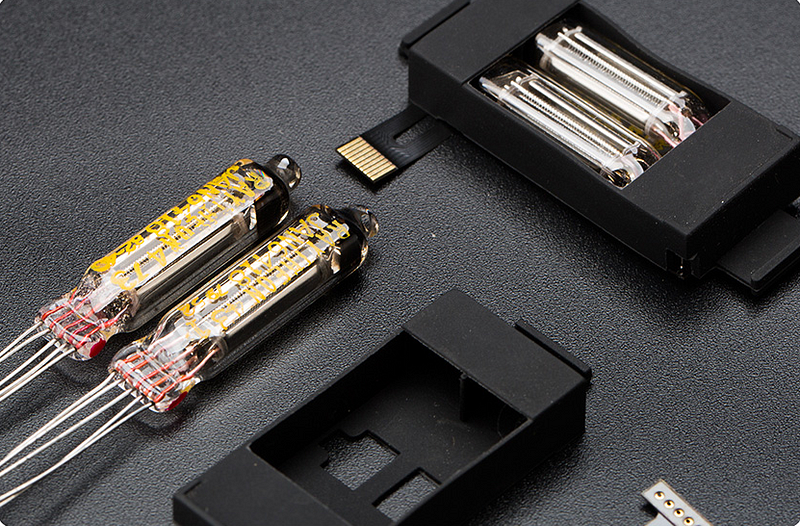
The tubes are not in the typical OTL setup, rather they operate in conjunction with the differential amplifier and mostly alter the timbre. The operational diagram can be seen below. I couldn’t detect any hiss even with sensitive IEMs (Final FI-BA-SS in this case) while in tube mode. Another topic of discussion: tube burn-in. These tubes will need ~10–20 hours to settle in. The sound will have noticeable changes esp in the higher frequencies until then.
SOUND
Cayin N3Pro can have at least 4 different sound signatures. The differences are sometimes subtle, and at times drastic. To summarize: there are subtle differences between the solid-state sound from the single-ended and balanced out. Then there are drastic differences between the Triode and Ultralinear modes for the Tube mode. Before going further, some relevant specs:
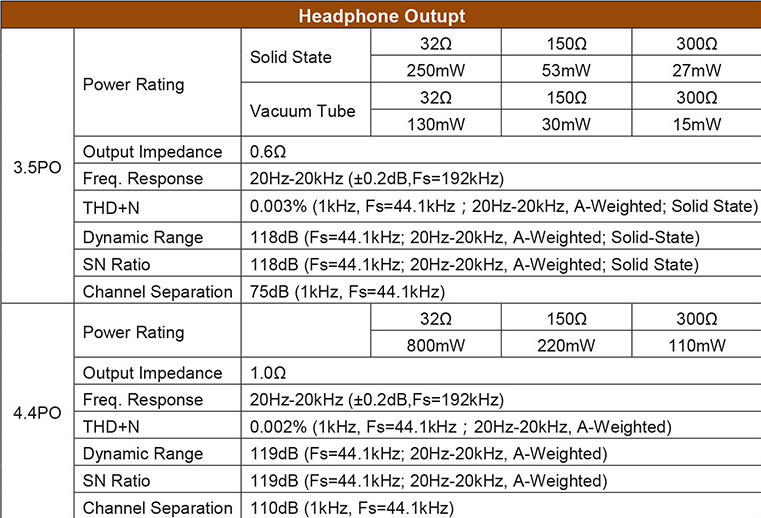
The Cayin N3 Pro uses dual AK4493 DACs in true balanced configuration (so in balanced mode each DAC handles only one channel).
Tube Mode: There are two different operation modes for the tubes: Triode and Ultralinear. Keep in mind that the tubes will warm up for 5 seconds before playing tracks if you stop playback for a while.
Triode mode has a very intimate presentation with up-front midrange and the typical tube bass with smoothed out leading edge of bass notes. It doesn’t sound blunted though and has pretty good resolution (though the balanced out has better layering and staging). Overall the Triode mode is the one I used the mode during the course of this review and the one I’d recommend you to try first if you plan on getting the N3Pro. I liked how the N3Pro sounded in Triode mode with both warm and bright IEMs/Headphones so you can pretty much set it on and forget it.
The Ultralinear mode is polar opposite. It throws an artificially wide stage and has a very aggressive leading edge of notes. The imaging is quite odd in this mode and I just don’t enjoy the presentation. Your mileage may vary and you may find it appealing with specific pair-ups/music but for my library and the headphones I tried this mode was a no-go.
Solid-state Mode: The solid state mode is rather uninspiring. The single-ended output is decent but nothing to write home about in terms of overall resolution and staging. The balanced out is better in this regard but still about average given the competition.
The other thing to notice about the solid-state mode is the coloration. The single-ended mode has a warm tilt with more focus on mid-bass. The balanced out is more… balanced sounding but still not what I’d call “neutral”. The warm tint is there all along. Separation from balanced out is pretty good, but there are better performers in this price bracket if you are after channel separation and soundstage width.
There are six selectable reconstruction filters: Sharp, Slow, Short Delay Sharp, Short Delay Slow, Super Slow, Low-dispersion Short Delay. The differences between them weren’t that drastic or immediately noticeable (unlike some other DAPs in this range). You are welcome to fiddle with them and see if you notice any drastic difference. I mostly stuck with Slow for this review.
Overall, it’s a difficult task to assign a rating to the Cayin N3Pro’s sound quality. It changes so drastically between modes after all. That being said, the general sound is definitely a step up from your average smartphone and in tube mode it’s a very engaging DAP indeed.
4.5/5
Amp performance: The N3Pro could get the Sennheiser HD650 loud at high gain but couldn’t bring out the full dynamics and imaging prowess of them. The HD650 is not unusable at all and quite decent in fact with the N3Pro single-ended out but it’s just not as good as some desk setups out there in this price range. The balanced out mode faired better in terms of power but had similar issues with dynamics and presentation.
The most power hungry IEM that I’ve got: Final E5000, got loud enough from the balanced out but lacked the bass control it exhibits from better sources. At 93dB/mW and 15ohms of impedance the E5000 is very particular about amping and the Cayin N3Pro couldn’t drive it as well as, say, the Questyle QP1R does.
All in all, the Cayin N3Pro isn’t what I would call a “powerhouse” like the venerable A&K Kann Alpha. It’s mostly meant to be used with IEMs and moderately efficient headphones. Low sensitivity planars and high-impedance full-size cans aren’t the best use-case, though that’s the case for most DAPs in this price range.
4/5
SELECT COMPARISONS
vs Cowon Plenue R2 ($550): The sound signatures couldn’t be more different between these two DAPs. Whereas the Cowon Plenue R2 has a near-neutral tone out of the balanced out (and the single-ended out has just a bit more warmth) the Cayin N3Pro is noticeably warmer even in solid-state mode/balanced out combo. The Plenue R2 opts for its fantastic DSP effects named JetEffects to add various degrees of coloration. The PEQ options are also noticeably better. The N3Pro on the other hand is quite colored by default and has no PEQ options. The Cowon player lacks MQA support and WiFi/BT 5.0 however, so Cayin N3Pro is definitely more feature rich.
In terms of the rest of the aspects: display is far superior on Cowon Plenue R2, whereas UI navigation is faster and simpler on the Cayin N3Pro. I do prefer the design of Cowon’s UI more despite somewhat cumbersome navigation. Battery life is far superior to the N3Pro on the Cowon R2 and I get ~18hours of music playback regularly.
vs Fiio M11 ($500): Soundwise, Fiio opted for a lean, mean, brittle signature with the M11 and kind of forgot that something called bass exists… Well it’s not that bad but the bass texture and extension is quite poor for such a pricey device. It lacks in dynamism as a result but does bring out more top-end detail though it gets too fatiguing for me. I much prefer the N3Pro.
As for the rest: M11 is Android, N3Pro is not, so you know which one you need. Display is better and handling is also easier on the Fiio DAP. Battery life is better on the Fiio M11 by a couple hours more (11hrs or so).
vs iBasso DX160 ($400): The iBasso DX160 is a benchmark champ with very good figures on the usual test-bed metrics (THD, IMD+N, Crosstalk etc.). Perhaps the Cowon Plenue R2 beats it but they’re quite close and the DX160 has even better output power. Against the N3Pro the differences aren’t as stark. Both opts for a warm-ish tone, though the N3Pro in tube mode has more coloration and fun factor. I prefer the balanced out of the DX160 more vs the balanced out of the N3Pro, but the tube mode is lacking on the DX160 and I crave for that unique signature.
DX160 is Android too but performance is subpar and there will be hiccups. It also has some RF interference issues while using WiFi. The display used to be excellent on the first-batch DX160 but the later 2020 revision has brought in a worse display. Still, it’s better than that on the N3Pro. Battery life is similar on both.
vs Questyle QP1R ($600, discontinued): This gem of a DAP is sadly discontinued but if you can get a second-hand QP1R — give it a strong thought unless you need Android smarts. The dynamism of the QP1R is unlike anything in its price bracket. Certain TOTL DAPs like the Cayin N6ii (with T01/E01 motherboard) will beat it on that aspect but then you’re spending nearly twice as much. QP1R also has a more neutral presentation and can render an abundance of detail. The staging isn’t the widest but imaging is precise.
The OS, sadly, is outdated on the QP1R. There are no smart options anywhere neither is the UI touch friendly. Battery life is worse as well (7 hrs vs 9 hrs on the N3Pro). The QP1R also hisses more on sensitive IEMs (though it sounds better still than on the N3Pro). Build quality/fit and finish is even better on QP1R, despite the apparent solidity of N3Pro’s build. Display is again better on the N3Pro though QP1R has a higher quality display (in terms of contrast etc.).
If you only care about music playback or want to use the DAP as a DAC/Amp/pre-amp at times the QP1R is the better choice. I do realize it’s a very niche device so the N3Pro will be more suitable for general use and will offer more flexibilities.
CONCLUDING REMARKS
Cayin’s N3Pro is a fun sounding DAP with two different tube flavors and the usual bells and whistles you expect from a mid-tier DAP in terms of output options. It’s a unique offering in the price range if you’re after a fun sounding DAP and don’t care too much about neutrality. The display and UI elements could definitely be better but the performance is good enough for most use cases and the connectivity options are solid.
The Cayin N3Pro earns my recommendation, mostly because it dares to bring tube sound to the masses inside a DAP and the overall execution is quite graceful indeed.
MY VERDICT
Overall Rating: 4.25/5
This is a great DAP if you mostly intend to run IEMs and want a warm, fun sound signature.

DISCLAIMER
Cayin was kind enough to send the N3Pro as a review unit, part of the review tour organized by Andy Kong over at head-fi.
You can buy the Cayin N3Pro from Hifigo.
Our generic standard disclaimer.
You find an INDEX of our most relevant technical articles HERE.






PHOTOGRAPHY

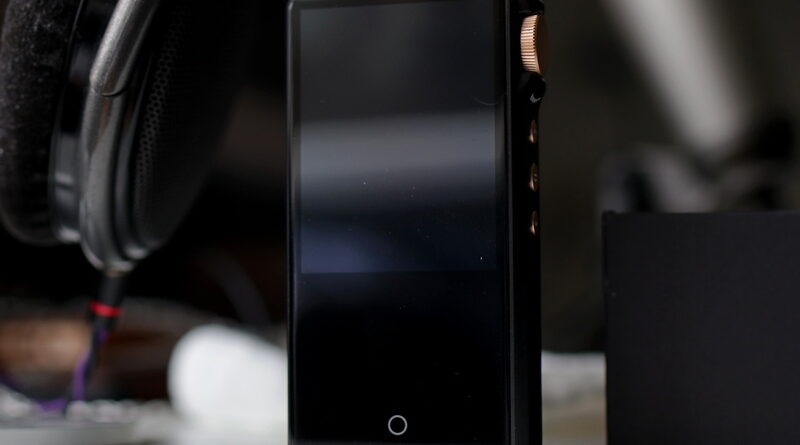

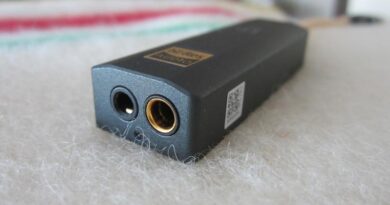
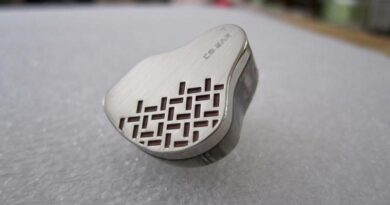
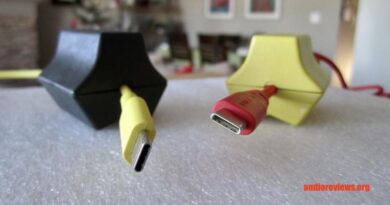
Pingback: Cayin N3Pro Review - GearOpen.com